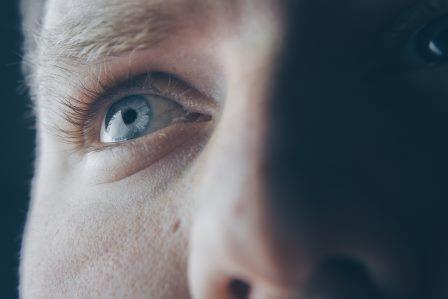Educators across the country are looking for better ways to protect their students, staff, and surrounding communities in the wake of tragic active shooter episodes on school campuses. And, they’re looking to security experts to help them evaluate their risks.
The process begins with what’s called a 360-degree security assessment, where readiness is determined, weaknesses are pointed out, and plans are proposed to make the needed improvements.

Bill Cousins, a 30-year law enforcement veteran, is a member of the Sonitrol Great Lakes team charged with providing security advice to protect school campuses, as well as commercial installations. Cousins takes us on a walk through of what educators can expect during a 360-degree security assessment.
Q: When you visit a school for a security assessment, who do you typically meet with?
Cousins: When I go for a school visit I always meet with the top administration. I then meet with teachers and custodial staff. They’re the ones who know the inner workings and problem areas within the school. If there is school security or police on site, I always meet with them to obtain their input. Depending on the circumstances, I’ll also meet with the local police department.
Q: There are three stages of security – prevention, detection, and rapid response. What conditions do you look at for improving security at these stages?
Cousins: For prevention, I look at the level of training of the school staff. They should have training to help identify students who are at risk and know the warning signs. Is anybody from the school monitoring social media? If not, why not? When it comes to detection, we’re looking at their security technology such as cameras and access control. Where are the cameras located? Do they cover the building’s exterior? Does the school have the ability to lock down or lock out a potential threat? For rapid response, I question if there is a local police patrol at the school, and if the police have toured the school to become familiar with the layout. Don’t hesitate to invite the police to tour the school after hours to gain this familiarity. Do teachers and staff have a plan for locking down classrooms, and do they have evacuation plans?
Q: How do you help schools achieve their commitment to security from the top?
Cousins: This is why I meet with top administration from the very beginning. I assess how they feel about having a security expert looking around to find their deficiencies. I make it clear that I’m on their team and I’m there to help them, not criticize them. One problem faced by security consultants and schools is once you make them aware of the problems and provide recommendations, they are obliged to take action to enact the recommendations to mitigate problems. If they fail to do so, the school district’s civil liability is increased because they were made aware of the problems and given solutions but failed to implement them.
Cousins provides an expert security risk assessment, using computer-aided design (CAD) to identify vulnerable areas on a school floor plan and campus property, placing necessary access controls, cameras, and other detection devices. In turn, Sonitrol Great Lakes provides the technology, hardware, installation, and verified 24/7 protection monitoring services. Sonitrol Great Lakes can provide comprehensive, verified solutions. Contact us to learn how we can help protect your students, staff, and surrounding neighborhood.
